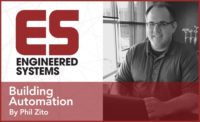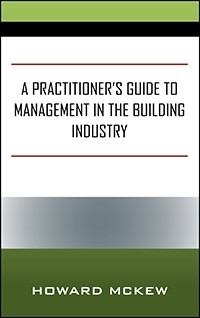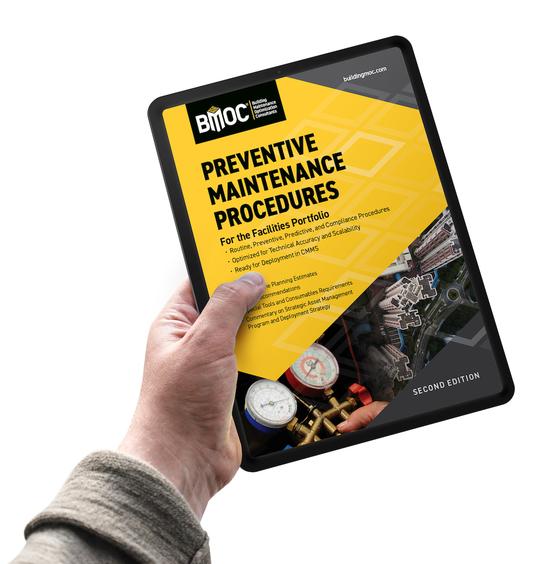INSTEAD, SPECIFY SOMETHING MORE ... SPECIFIC.
In the August 2006 “Tomorrow’s Engineer” column, I talked about submitting responsible documents, followed by a January 2007 column on construction documentation with more to follow in 2007. To sum up, here is a responsible construction documentation suggestion directed to BAS: When specifying BAS computer software capabilities, don’t specify trending capabilities.All ATC software can provide building system trending, so don’t waste the paper specifying this feature. Instead, specify exactly what it is you want to have trended and remove the mystery from the specification.
ASK FOR WHAT YOU WANT
When designing an HVAC system, be proactive with your contract documents. If you want trending capabilities, state what trends you want and then specify that these trends be programmed into the BAS when the control contractor has completed the installation and point-to-point checkout. Don’t let her leave the job site without programming system trends. In addition, specify that the ATC contractor has the trending online, monitoring and measuring at least a week before the associated HVAC system is going to be demonstrated to the commissioning engineer and the building management team.Historically, suggested BAS specifications don’t provide specifics relative to monitoring and measuring system performance. Consequently, as the project is turned over to the owner, there is no trending, only the potential for trending. Quite often, the BAS technician is rushing to complete the work at hand and doesn’t have the time to accommodate any request for trending.
Instead, the building management group is left to start the process of understanding how the HVAC system(s) will work on their own, without any trending data. Months later, the management group may find the time to improve operation by tracking what the BAS is doing. Then, and only then, do they begin to think about what trends will be useful.
When the opportunity finally arrives, the following questions need to be answered.
- What information is needed?
- How can this information be collected?
- Who will be trained and given the assignment of implementing the trending?
- How much time is this going to take to get the trending process going?
- What will be the benchmark data?
- What will be the reporting process?
In reality, building management may never find the time to implement the six steps required, due to building operating budgets limiting the resources needed to maximize the BAS software system.
PERFORMANCE MEASUREMENT
Information is powerful if it is collected, analyzed and used as the basis for making improvements. A picture is worth a 1,000 words, and a BAS system trend picture is worth even more because it removes the assumptions and expectations from the design and helps refine the commissioning process. It is a way of jump-starting the building management process by acting as a gauge to measure performance.The best way to make trending happen is to take the guesswork out of the specification and specify exactly what is required so that the phrase “trending capabilities” is eliminated and “trending specific” data is owned before the BAS system is completed and the technician has left the job site.
The best way to empower the building management group and BAS computer is to specify what you (the design engineer) believe is important. Think about it. As the engineer, it’s your design and what better way of solidifying the design then monitoring the system performance and benchmarking it against your energy goals, so that there is no question as to whether the design intent has been met.
So why imply trending in the specification if trending capabilities is what you want? Be proactive with your design intent and include BAS trending to back up your engineered performance. Pick your trends and then specify that these trends be operator-ready so that building management is in control on day one of occupancy.




